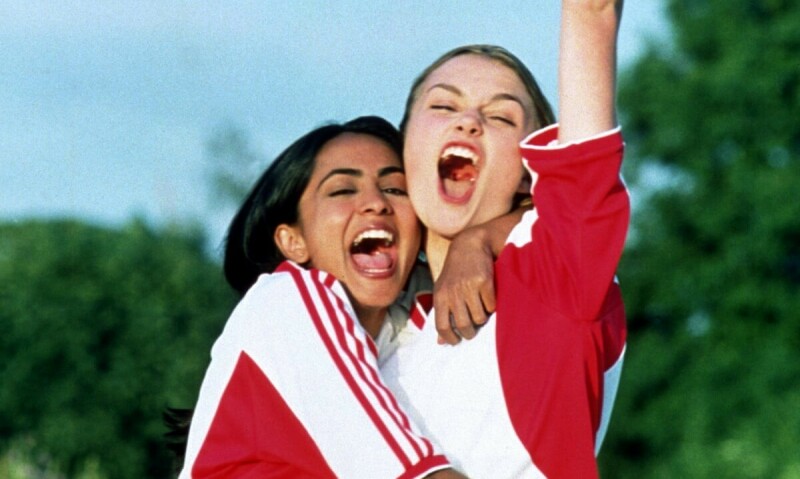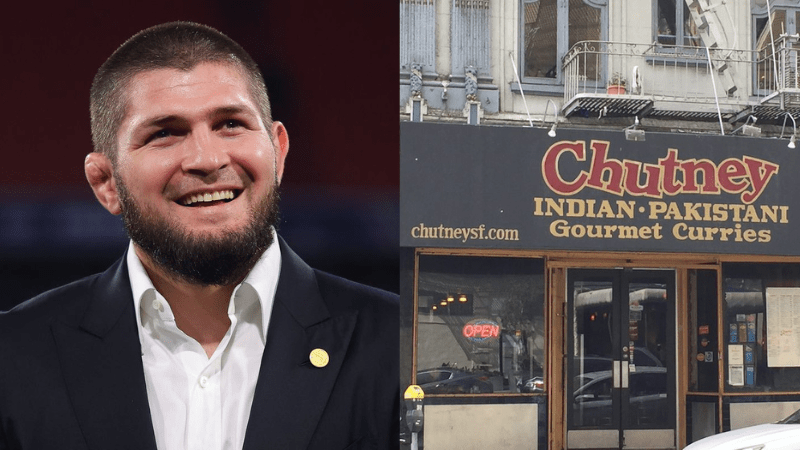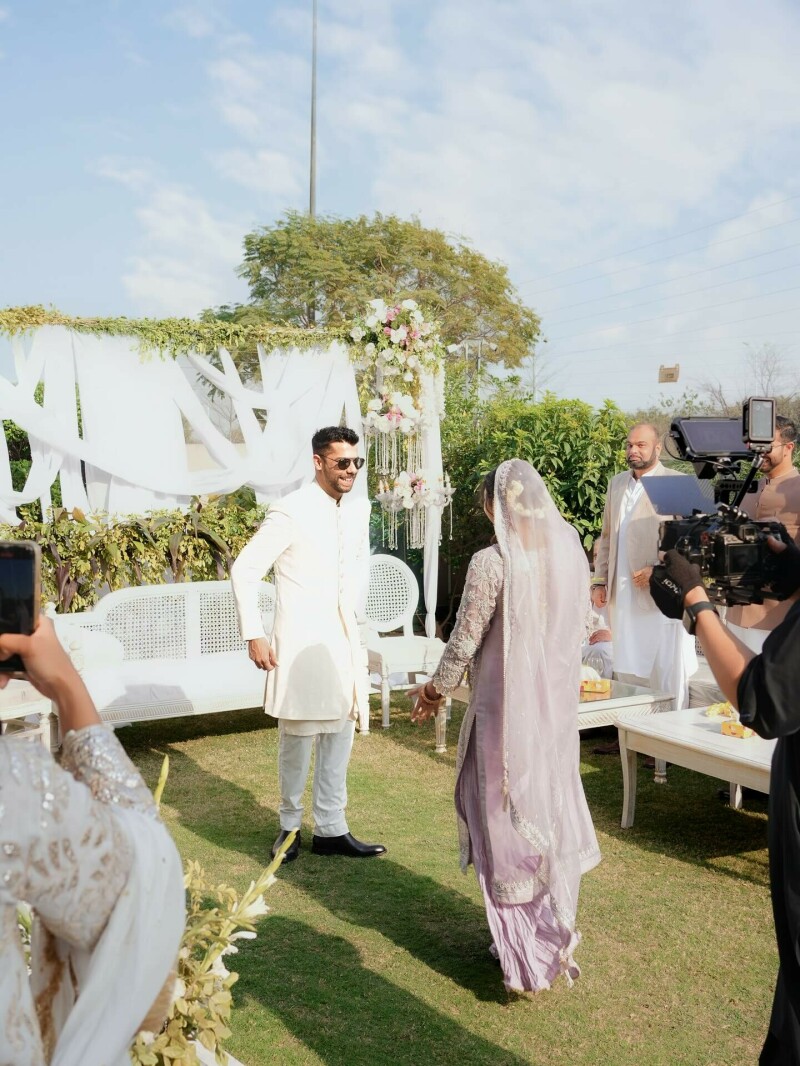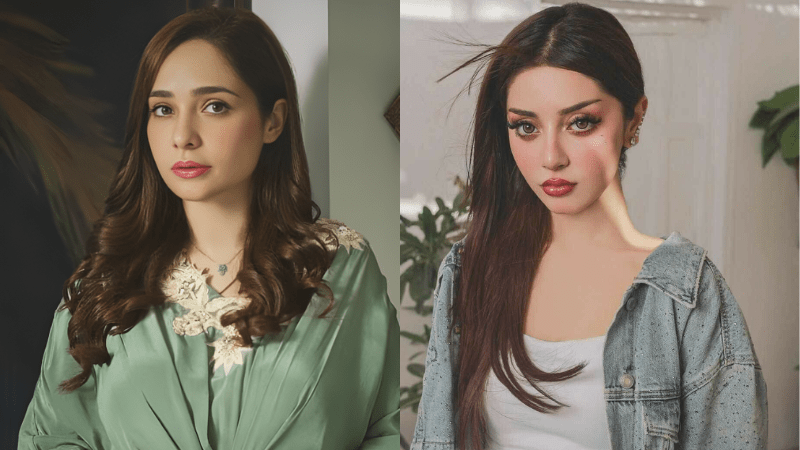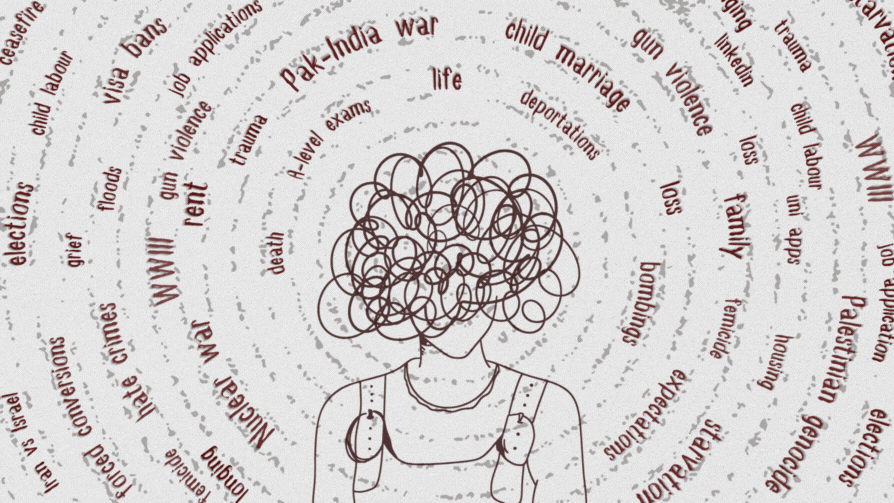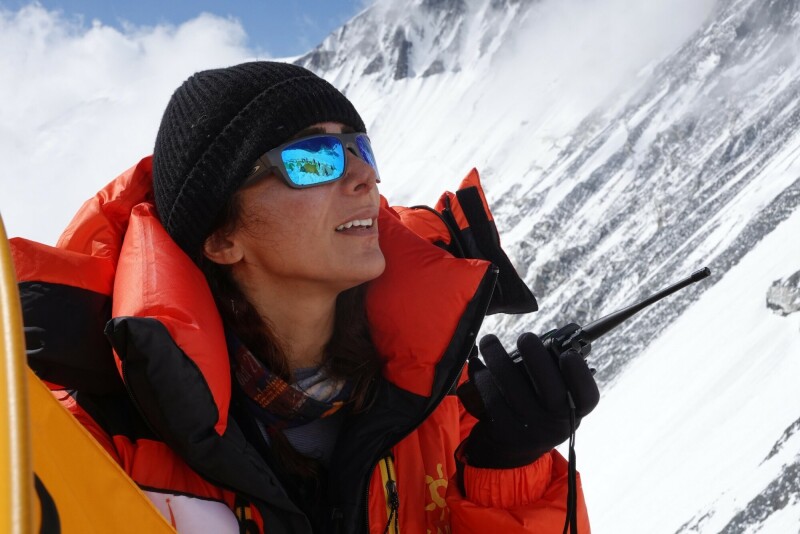How art got more creative during the pandemic
Four months into the lockdown and we are already speaking in terms of BC and AC: before coronavirus and after coronavirus.
Nowhere is this distinction more palpable than in the art world. A global culture once synonymous with hyper-connectedness, the frenzy of endless show openings, year-round art fairs, biennales and transnational mobility, has all come to a big screeching halt.
No famine, war or pestilence has ever killed art. Though art itself may be immune to disasters, the art world is especially susceptible and sensitive to economic undercurrents. The art community already stands aghast at the worldwide shuttering of museums and galleries, the downsizing and massive layoffs at art institutions, the indefinite postponements and cancellations of exhibitions, suspension of grants and fellowships and termination of residencies. However, this cessation of activity in the art world, and the simultaneous implementation of social distancing has catalysed the public to seek out alternative modes of social contact and cultural consumption.

Within a very short response time, there has been a proliferation of virtual museum tours, e-learning programmes and digitally accessible art archives freely available to all. Cultural heritage museums in China, ground zero of the pandemic, were quick to offer extensive virtual exhibitions, targeted at boosting public morale and serving as a reminder of human resilience.
Other big museums followed suit. Popularising the #MuseumFromHome hashtag, the Getty Museum in California challenged its online followers to re-create artworks in the museum’s collection and share via #gettymuseumchallenge. The Royal Academy, London, routinely issues drawing prompts such as, ‘draw a ferret’, or ‘blue bells’, and even ‘Gandalf having a good time’ at #RAdailydoodle. They also broadcast online live drawing classes. “While our front doors may be closed due to coronavirus, we are open in other ways,” says their Instagram tagline. Auction houses Sotheby’s and Christie’s preserve their exclusivity model through VIP ‘online viewing rooms’ for remote bidding.
However, not everything has transitioned seamlessly to the virtual realm. Many trendsetting biennales and reputed international art fairs, such as the Art Basel and Hong Kong Art Festival, have had no choice but to cancel this year. Some that chose to stay open, such as the Tefaf Maastricht Art Fair in the Netherlands, faced severe public criticism and proved to be a coronavirus hotbed as the pandemic spread across Europe.
The physical art world may be shrinking but there is much to look forward to as it goes digital

The much-celebrated Sydney Biennale opened in the ill-fated month of March and almost immediately had to close doors. Consequently, the organisers partnered with Google to launch a virtual biennale, featuring walkthroughs, podcasts, curated tours, and interactive Q&As with artists. The biennale re-opens its physical premises in June with extensive precautionary measures, including pre-booked timed-tickets, one person per four square feet area, and frequent sanitisation.
With massive recession in the art market and the collapse of support systems, it will be a tough year ahead for many artists. The big, bold entrepreneurial practices of artist celebrities, who often follow the Warhol factory model — operating out of dedicated studio spaces, fabricating artworks alongside large teams of assistants to maintain uninterrupted art production — will need major restructuring. Art practices are already reverting to ‘work-from-home’ models as they calibrate with health and safety protocols and the imminent realities of economic depression. Perhaps this is where DIY artists and their humble practices will thrive as opposed to spectacularist productions of art superstars.

The art world we have known so far may as well be a relic of the past, as we begin to build a new one on the cloud. With artists conducting virtual studio visits, live-streaming performances, broadcasting workshops and e-exhibitions, a direct artist-public conversation is already underway. Many welcome this systemic break, as it empowers individual artists and loosens the grip of the bloated, top-heavy art market gone madly corporate and asset-oriented.
There is space now to look into alternative systems and methodologies that make the art world dynamics more open and inclusive — perhaps more meaningful too. This crisis could possibly be a fortuitous moment, affording the art world a much-needed pause, to reprioritise and carefully consider the ‘restart’ option.
Originally published in Dawn, EOS, July 5th, 2020




